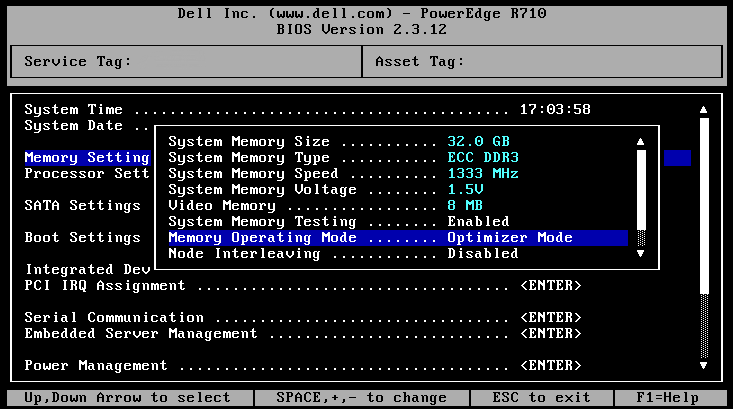
If it supplies too _low_ voltage? The cheap way (as stated above) is the easiest but if it is withing a reasonable range from the design voltage the DC/DC should tolerate it too (given that the PSU then can deliver enough power at that voltage – otherwise look above). If it supplies too high voltage? If significantly over the design voltage input protection circuit should handle it, if not the switching DC/DC regulators should have no problem. If it can’t supply enough power? The cheap way to handle that is just treat it as if not there, the proper way is to either power the battery changing circuits or the computer proper with a fallback to the cheap way if it still is too little. If the PSU can supply more power than needed? No problem. Even in a cheap design the power MOSFETs and controller should be designed to tolerate a higher input voltage than the design specs – otherwise the chips are under dimensioned and will in most cases be generating extra heat. Give me one reason a properly designed computer could “burst into flames” in any reasonable realistic scenario. You can get USB PD 20V “negotiation” chips thingys off Aliexpress (as well as magsafe cables), and make your own PD – magsafe adapter like that so you can charge your macbook with a powerbank :) It even seems to handle 22V, but I didn’t dare to go above that.
#Dell power manager error 1720 pro
I have just taken a magsafe cable and applied 20V to it, and haven’t had a problem with my 2015 macbook pro up to now. So the 85(?)W adapter starts at 16V, and as the current draw increases it ramps up the voltage, so that the power loss over the cable decreases (more voltage = less current for the same power, and less current at the same cable resistance = less power loss). Basically it says “Hi, this is a 45W charger and let me know when I should change the LED colour” While the magsafe adapters don’t have any communication between the charger and the laptop, the magsafe connector has a chip and a one-wire communication (center pin) to let the laptop know the power and to light up the charging LED. I know this is 5 years later, gonna post a reply nonetheless :) Posted in Repair Hacks, Security Hacks Tagged 1-wire, charger, dell, reverse engineering, spoof Post navigation With this working, you could power the laptop from any supply that can meet the requirements for current and voltage. The demo shows off a 90 W adapter pretending to run at 65 W.

This passes power through the board, but uses the MSP430 to send fake data to the computer. Next, a custom PCB was made with two Dell DC jacks and an MSP430. After reading the data and verifying the CRC, it could be examined to find the fields that specify power, voltage, and current.
#Dell power manager error 1720 series
In the four-part series ( 1, 2, 3, 4), the details of reverse engineering the communications and building the spoofer are covered.ĭell uses the 1-Wire protocol to communicate with the charger, and sniffed the communication using a MSP430. built a device that spoofs this identification information for Dell chargers.

While this is a good safety measure, ensuring that a compatible charger is used, it also allows the manufacturers to increase the price of their chargers. Genuine chargers communicate with the laptop and give information such as the power, current, and voltage ratings of the device. Many laptops require you to use a ‘genuine’ charger, and refuse to boot when a knock off model is used. If you’ve ever had a laptop charger die, you know that they can be expensive to replace.


 0 kommentar(er)
0 kommentar(er)
